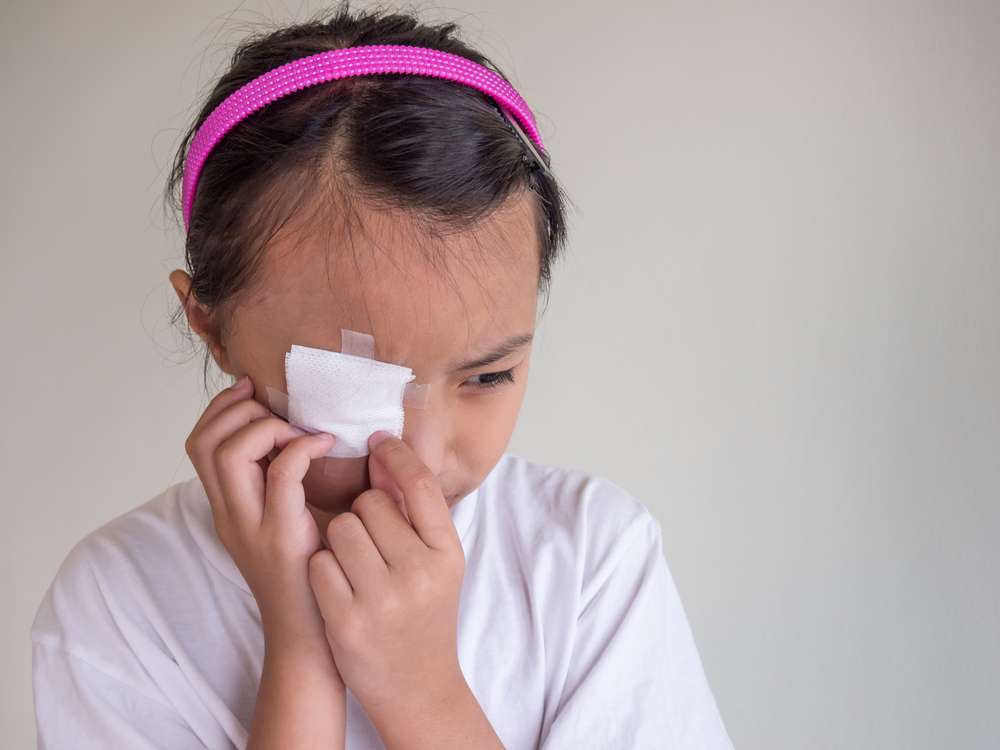
Summer Safety: The Risks of Fireworks-Related Eye Injuries and How Ophthalmologists Can Prepare
As summer approaches, outdoor activities and holiday festivities increase, but so do the risks of vision-threatening injuries. According to the American Academy of Ophthalmology, an average of 280 people per day visit the emergency room with fireworks-related injuries during the two weeks surrounding July 4th. Ophthalmologists warn that this time of year sees a surge in eye trauma cases due to increased outdoor activities and the use of fireworks. The most common types of fireworks-related injuries include chemical burns, thermal burns, and blast injuries. These injuries can have long-term consequences such as scarring, cataracts, and even blindness. Ophthalmologists recommend being prepared to manage eye and facial trauma by educating staff, working closely with emergency rooms, and following standardized treatment protocols. They also stress the importance of educating the public about the dangers of fireworks and encouraging safe practices such as leaving fireworks to professionals and wearing safety glasses. A memorable case highlighted the devastating consequences of a firework injury, resulting in the loss of vision and both hands for a young man. Another case involved a 2-year-old who sustained burns and abrasions from holding a sparkler. It is crucial to recognize that fireworks are dangerous for people of all ages, especially children, and should be handled with caution or avoided altogether.
To know more: About the original article click here.
